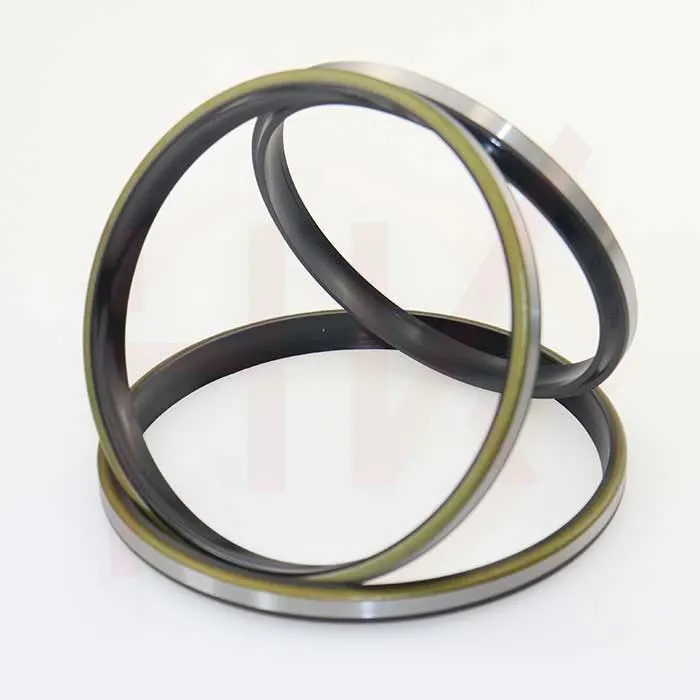Nov . 25, 2024 07:40 Back to list
Hydraulic Cylinder Seal Maintenance and Repair Techniques for Optimal Performance
Hydraulic Cylinder Repair Seals A Comprehensive Guide
Hydraulic cylinders are integral components in various industrial applications, serving as the backbone of machinery that require controlled movements and force. Over time, these cylinders may develop leaks or malfunctions primarily due to wear and tear of their seals. Understanding the importance of hydraulic cylinder repair seals is crucial for maintaining operational efficiency, safety, and cost-effectiveness in machinery. This article delves into the essential aspects of hydraulic cylinder repair seals, including their functions, types, and maintenance.
Understanding Hydraulic Cylinder Seals
Hydraulic seals are designed to prevent the escape of hydraulic fluid and to keep contaminants out of the hydraulic system. They are fundamental in ensuring that the cylinder operates smoothly and maintains pressure during operation. There are different types of seals used in hydraulic cylinders, including
1. Rod Seals These seals prevent hydraulic fluid from leaking out of the cylinder as the piston rod moves in and out. Effective rod sealing is crucial for maintaining pressure and efficiency.
2. Buffing Seals Often used alongside rod seals, buffing seals protect rod seals from contaminants and further wear, prolonging their service life.
3. Piston Seals These seals prevent fluid from leaking past the piston within the cylinder. Appropriate piston seal selection is vital for the overall efficiency and functionality of the hydraulic system.
4. U-Cups and O-Rings Commonly used in various hydraulic applications, U-cups and O-rings are instrumental in sealing and can be found in multiple positions within the hydraulic assembly.
5. Backup Rings These rings provide extra support to certain seals and prevent them from extruding under pressure, thereby enhancing longevity and reliability.
Importance of Seal Integrity
The integrity of hydraulic seals directly impacts the efficiency of a hydraulic system. Seals that are worn or damaged can lead to several issues, such as
- Fluid Leaks These not only compromise the efficiency of the hydraulic system but also lead to environmental concerns and safety hazards. - Pressure Loss A drop in pressure can impact the machine’s performance, leading to operational delays and potential downtime. - Contamination The ingress of dirt and other debris can cause significant damage to the hydraulic system, leading to expensive repairs.
Routine inspection of seals allows for early detection of wear, enabling timely repairs that can save money and prevent more significant issues down the line
.hydraulic cylinder repair seals

Repair and Replacement of Hydraulic Seals
Repairing or replacing hydraulic seals is often a straightforward process, but it requires precision and the right tools. Here are essential steps in the repair process
1. Disassembly Carefully remove the hydraulic cylinder from the equipment. This might involve detaching the lines and ensuring safety measures are in place. 2. Inspection Examine the seals for signs of wear or damage. Assess other components of the cylinder for potential issues.
3. Cleaning Thoroughly clean all parts before reassembly. Contaminants can lead to premature failure of new seals.
4. Replacement Replace worn or damaged seals with new, high-quality seals that meet the original specifications. Ensure proper alignment during installation to avoid misassembly.
5. Reassembly When reassembling the cylinder, take care to follow the manufacturer’s guidelines. Torque specifications and alignment are critical for proper operation.
6. Testing After reassembly, conduct a pressure test to ensure the integrity of the repair and the performance of the hydraulic system.
Preventive Maintenance Tips
To extend the life of hydraulic seals and the entire hydraulic system, consider the following preventive maintenance tips
- Regular Inspections Schedule routine inspections to catch potential issues early. - Fluid Quality Maintain proper fluid levels and quality, as contaminated or low-quality hydraulic fluid can lead to seal degradation. - Environment Monitoring Keep the hydraulic system free from dust and contaminants by monitoring the installation environment.
Conclusion
In summary, hydraulic cylinder repair seals play a pivotal role in the operational efficiency of hydraulic systems. Understanding their types, functions, and maintenance requirements can significantly enhance the reliability and performance of machinery. Regular inspections and preventive maintenance practices are essential for ensuring the longevity and effective operation of hydraulic cylinders, ultimately saving time and reducing costs in industrial settings. By prioritizing seal integrity, industrial operations can achieve optimal performance and safety.
-
TCN Oil Seal Metal Ring Reinforcement for Heavy Machinery
NewsJul.25,2025
-
Rotary Lip Seal Spring-Loaded Design for High-Speed Applications
NewsJul.25,2025
-
Hydraulic Cylinder Seals Polyurethane Material for High-Impact Jobs
NewsJul.25,2025
-
High Pressure Oil Seal Polyurethane Coating Wear Resistance
NewsJul.25,2025
-
Dust Proof Seal Double Lip Design for Construction Equipment
NewsJul.25,2025
-
Hub Seal Polyurethane Wear Resistance in Agricultural Vehicles
NewsJul.25,2025
-
The Trans-formative Journey of Wheel Hub Oil Seals
NewsJun.06,2025
Products categories
















